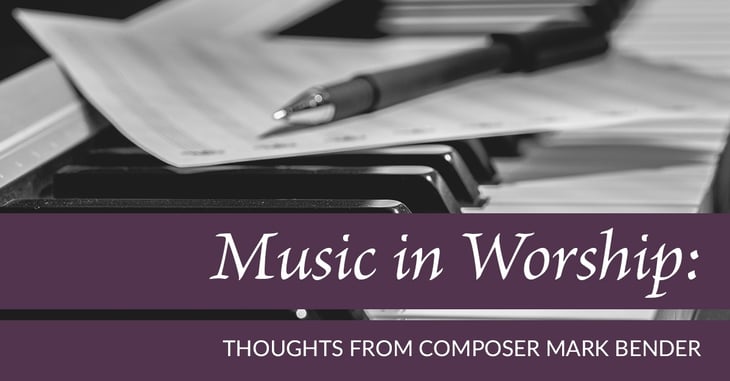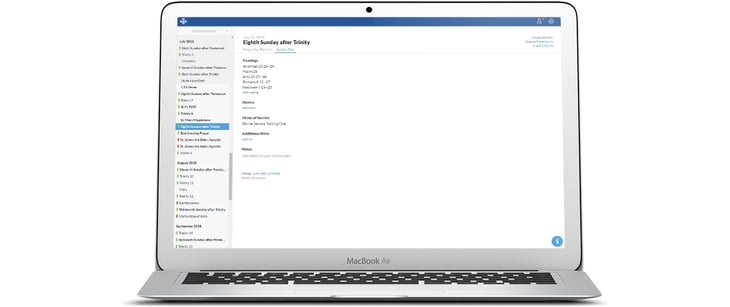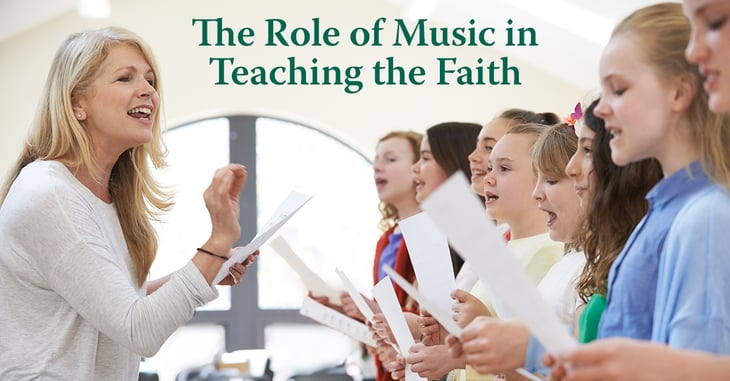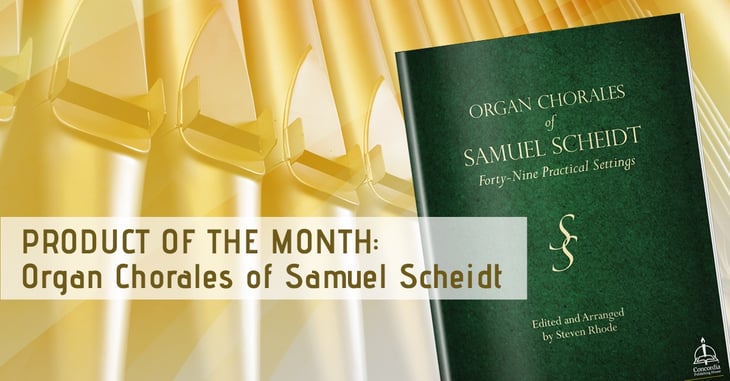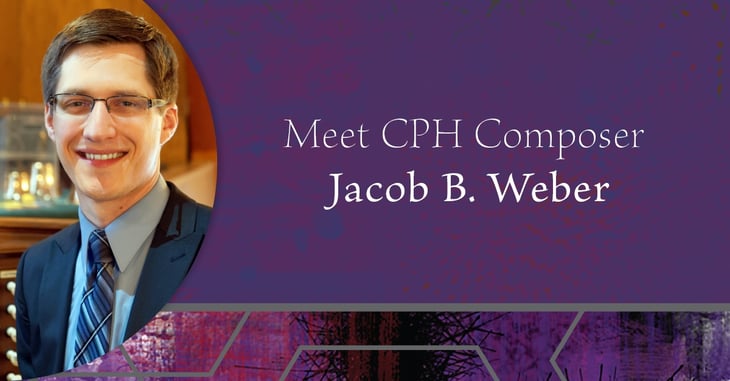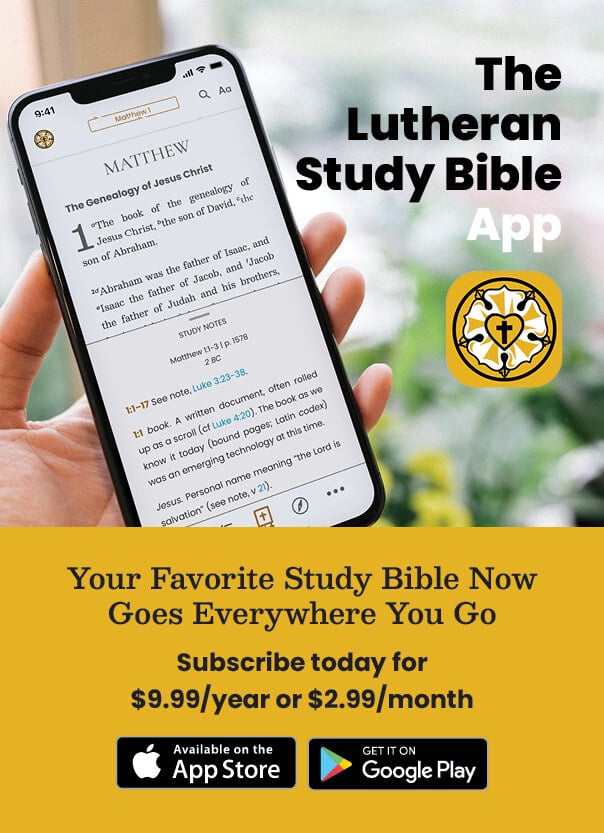Why Ancient Music Matters in the Church Even Today
A music history professor once painted this picture for me: “Imagine you are a commoner in the Middle Ages, slaving away in the fields every day. Now imagine you walk into church. When it is cold outside, the church is warm. When it is hot outside, the church is cool. Now imagine you come into church and hear this.” And she played for us a Gregorian chant.
Music in Worship: Thoughts from Composer Mark Bender
Having served on the committee that created Lutheran Service Book and being a church music director, Mark Bender has a complex understanding of how music functions in the Divine Service. Mark also has published more than a dozen compositions with CPH Music. Hear from Mark himself about how he chooses music for worship and what tools he recommends to his fellow music directors.
The Duties of Acolytes
This post is adapted from Gathered Guests: A Guide to Worship in the Lutheran Church, Second Edition.
The duties of an acolyte vary considerably, depending on the circumstances and location of the congregation, as well as the time of the service and the season of the Church Year. Acolytes often are young people from the congregation who assume the responsibility of lighting and extinguishing the candles before and after worship services.
5 Networking Tips for Church Music Directors
God created us to be in community, and that applies to every aspect of our lives, including our jobs. If you’re a church music director, you need musicians to make music with, coworkers to run ministries with, and other music directors to learn and get help from. All these things require relationships—in other words, a network. Here are some ways to build a network that can help you continue to grow and move forward.
3 Project Management Tips to Streamline Your Worship Planning
There’s always more to do for a worship service than there are time and hands to complete the tasks! By making a few adjustments to the way your team works, your church office can reduce friction and confusion and increase efficiency.
The Role of Music in Teaching the Faith
We know that music is important in teaching people about Jesus, but what does that actually look like? What practical steps can music directors take to teach not only music but also the Christian faith? Below is an excerpt adapted from Kenneth T. Kosche’s article in The Pedagogy of Faith, a book for Lutheran educators about teaching methods they can use in the Christian classroom. Our excerpt is from the chapter about music.
Does the Memorization of Hymns Matter?
We often use music as a tool to memorize things, whether they’re presidents, books of the Bible, states, parts of grammar, the Small Catechism, or any number of other items. The rhythm of songs and the catchiness of melodies make music a convenient vehicle to relay and hold onto facts, stories, lists, and so on. Music in this way serves a great purpose.
But have you ever stopped to wonder why we memorize things? Sure, instantly recalling a fact or name is good and useful and usually speeds up the work that needs to be done. But is there a greater purpose to memorization? Does music’s ability to make memorization quick and easy contain a higher good than simply recollection of fact?
Welcoming Summer Vacationers When They Visit Your Church
In our churches, we focus a lot on welcoming visitors with the hope of them becoming regular worshipers. But what about people just passing through for a vacation or a holiday weekend? Though these vacationing visitors aren’t as likely to become members, it’s important to create a welcoming atmosphere while still acknowledging that they may not stay long term. As we move into the summer months, here are some ways your church can cater to these short-term visitors.
Product of the Month: Organ Chorales of Samuel Scheidt
The forty-nine preludes in Organ Chorales of Samuel Scheidt come from the original 1650 publication Das Görlitzer Tabulaturbuch. After careful and reserved editing, these classic chorales now are matched perfectly to the keys and versions of tunes found in modern Lutheran hymnals, but they still let Scheidt be Scheidt. Learn more about the new collection here and preview the settings!
Meet CPH Composer Jacob B. Weber
Composer Jacob B. Weber began his musical journey as a piano student in first grade. He later studied church music and organ at Bethany Lutheran College and completed the master of church music degree at Concordia University Wisconsin. He was the kantor at Emmanuel Lutheran Church and School in Dearborn, Michigan, where he planned worship, played organ, led ensembles, and taught music at the K–8 school. Now, Jacob is the associate editor of music/worship at Concordia Publishing House. Jacob has published more than thirty works with CPH Music, including four new pieces this year. Get to know him by reading our interview with him below.


